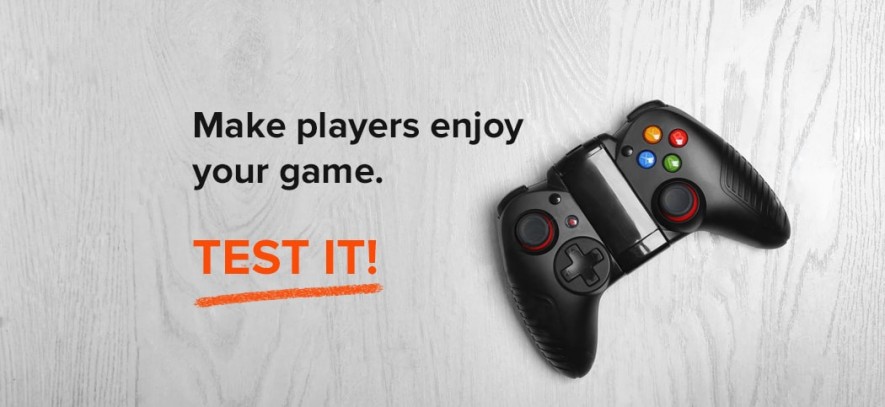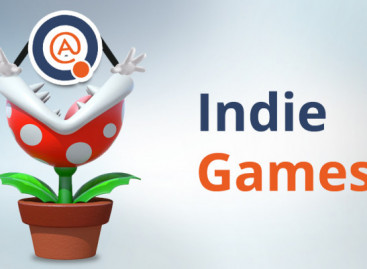- QATestLab Blog >
- Game Testing >
- QA in Game Industry: how to enforce fun with quality
QA in Game Industry: how to enforce fun with quality

Quality is of importance for every software development procedure, and the game industry is not an exception. To ensure a high quality of software, three levels / types of activities are performed. They are Quality Assurance (QA), Quality Control (QC), and testing. Testing is the procedure of issue detection. The main purpose of QC is to enhance the quality of the final product. QC activities are based on the test results obtained after testing. And finally, QA is called to arrange all testing activities to guarantee the best possible quality of a ready software.
In small game testing teams, usually one tester checks the builds, opens the detected issues in a bug tracking system and provides a dev team with the test results. But in large project teams, the situation is totally different. There are several QA teams that have the defined areas of responsibilities. In case of a complex game, testing is conducted within the dev stage. Several development and QA teams are working on separate functionalities. QAs review and analyze the requirements for the functionality under development. A close collaboration between QAs and developers ensures the detection of issues at early stages. Also, a separate QA team can verify a ready functionality according to the prepared test cases and checklists.
Quite often, in large projects, there is one more QA team that conducts testing of a ready game directly before its launch to the market. Testers check whether the installation and deinstallation processes are bugless, if everything operates correctly, and so on. Besides, there are so-called dedicated QA teams that focus on verification of a particular aspect of the game, for example, graphical user interface (GUI), reliability, load capacity, security, usability, etc. The specifics of QA stage also depends on a pipeline. In some companies, testers perform the verification of prototypes. They make sure that the prototype is ready for further playtest. In somes cases, one QA team performs all the mentioned above testing activities.
Automation of game testing
Test automation is also applied in game testing, especially for verification of online games. The developers of box and desktop products prefer to create their own test scripts. They don’t want to depend on any framework. Having own scripts developed, the team will be able to test game GUI that is rather a challenging task.
Testing of complex game mechanisms, that requires the execution of routine actions, can also be automated. In this case, simple scripts that don’t use GUI are created, for example, scripts to imitate the players’ behavior. Such scripts can connect to a server via API and behave like bots. Moveover, the test results will be logged in a convenient form. You will be able to check whether all game elements are accessible for a player. Nevertheless, test automation is not applicable for checking new functionality. You can automate only a stable product.
Testing by community
A game can be tested by its community. Of course, the results of such checking won’t be precise as usually players don’t try to detect tricky bugs. And the quality of reports can be poor as players are unaware of rules for issue reporting. Sometimes, game development companies provide the players with game internal currency or other benefits to motivate them to look for severe defects and report them clearly. Community testing is a constant source of actual game issues.
Independent testing
Independent testing of games is a very widespread practice as well. Game delivery companies apply to an independent QA provider during the periods of high work loading, especially before the New Year and Christmas, when almost every company wants to release a new game or its new version with greetings, advertisements or other materials. The practice of hiring additional testers just for a short period of time doesn’t work.
Besides, independent testing helps to reduce expenses as you can select a vendor with the rates suitable for you. And you don’t need to provide the QA vendor with all necessary equipment including mobile devices, bug tracking systems, frameworks and tools. Also, you don’t have to invest in independent testers’ training and professional growth.
The aim of every game is to provide the players with exciting experience. To make the players enjoy the game, its quality should be evaluated precisely and thoroughly. QA including QC and testing activities is called to quarante a complex game verification and to assist in improving playing experience.
Learn more from QATestLab
Related Posts:
- Key QA & Game Testing Takeaways from Paris Games Week 2025
- SBC Summit 2025: Automation in iGaming and Betting Niches
- Devcom + Gamescom 2025: AI vs Humans in Game Development
About Article Author
view more articles
has 2-year experience in management, experience in testing, project management, and presales, leads the team of more than 20 members, has 10+ active projects
View More Articles






No Comments Yet!
You can be the one to start a conversation.